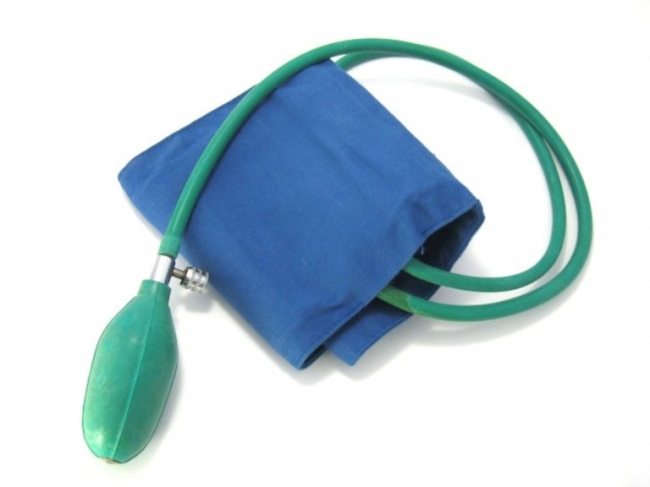Blood pressure is one of those vital signs that reveal that everything is okay with your body. A high blood pressure, for example, may be a sign of hypertension. It can raise alarms that your heart is working harder and you need medical intervention. In a similar manner, low blood pressure in some can be alarming too. Why not avoid the risks by checking your blood pressure at home? You cannot go to a doctor to check your blood pressure daily. You need to be equipped to check it on your own and decide when to seek medical advice.

Things to watch out for
- Do not forget that a doctor has the remedy for your troubles. So, always follow a doctor’s instructions regarding when and how to check the pressure.
- Your blood pressure may temporarily rise due to exercise, stress at work, caffeine intake, side effects of medications, smoking etc. So, whenever you check the pressure, keep in mind that these factors don’t interfere.
- Check your blood pressure at the same time each day.
- When you check the pressure, always find a suitable place where you can sit calmly and comfortably.
- Try to take your measurement from the left arm.
- Before taking the measurement, relax for about five to ten minutes. Keep your left arm at the level of your heart.
- Sit straight with the back resting against the chair. Keep your back straight and rest your forearm on the table.
- Above all, maintain a record of your blood pressure measurements, so that you can provide your doctor with your history.
DIY steps
Conventionally, blood pressure is measured with the help of a sphygmomanometer. Nowadays, there are electronic digital monitors available in the market. Here we discuss the methods and instructions for using both the devices.
1. Locating the pulse
You need to locate the pulse of the brachial artery. In order to do so, use index and middle finger of right hand to press the inside the center of your left hand’s elbow. You need to place the head of the stethoscope or the arm cuff of digital monitor here.
2. Securing the cuff
a. Place the cuff such that the stethoscope head is over the artery.
b. Make sure that the lower edge of the cuff is above the elbow bend. To secure the cuff, use the attached wrap but make sure you don’t get it too tight.
c. Put the stethoscope in your ears and tilt to adjust the hearing.
3. Inflating and deflating the cuff
a. When using the conventional manual monitor, follow the below given instructions:
i. Keep the bulb in your right hand and hold the gauge with the left.
ii. Turn the screw on the bulb clockwise to close the airflow valve.
iii. Squeeze the bulb with your right hand in order to inflate the cuff. You can hear the pulse.
iv. Inflate the cuff till you reach 30 mmHg. It is the point where you will not hear your pulse.
v. You need to keep your eyes on the gauge and release the pressure in the cuff by opening the airflow valve. With each heartbeat, the gauge will fall two to three points. This may require some practice.
vi. As soon as you hear the first pulse beat, note the reading on the gauge. This reading becomes your systolic pressure.
vii. Continue deflating the cuff slowly.
viii. Be careful in listening. The sound of the pulse will disappear at a point that is your diastolic pressure.
ix. Deflate the cuff completely.
b. When using the digital monitor, follow the below given instructions:
i. While holding the bulb in your right hand, press the power button of the device. Electronic devices display a zero after a short period indicating that now the device is ready.
ii. Squeeze the bulb to inflate the cuff. You may have a device that automatically inflates the cuff.
iii. Inflate the cuff till you reach 30 mmHg more than expected systolic pressure.
iv. The screen will display the readings.
v. A long beep will confirm the measurements are complete. You can now note the readings from the screen.
vi. Deflate the cuff.
4. Recording your measurements
It is important that you maintain an accurate record of your measurements. This will help your doctor adjust the dose of medications when you visit next time. Also, it will ensure that you are neither overdosed nor deprived of the essential ones. Keep a check on your blood pressure and avoid unnecessary complications in life.




